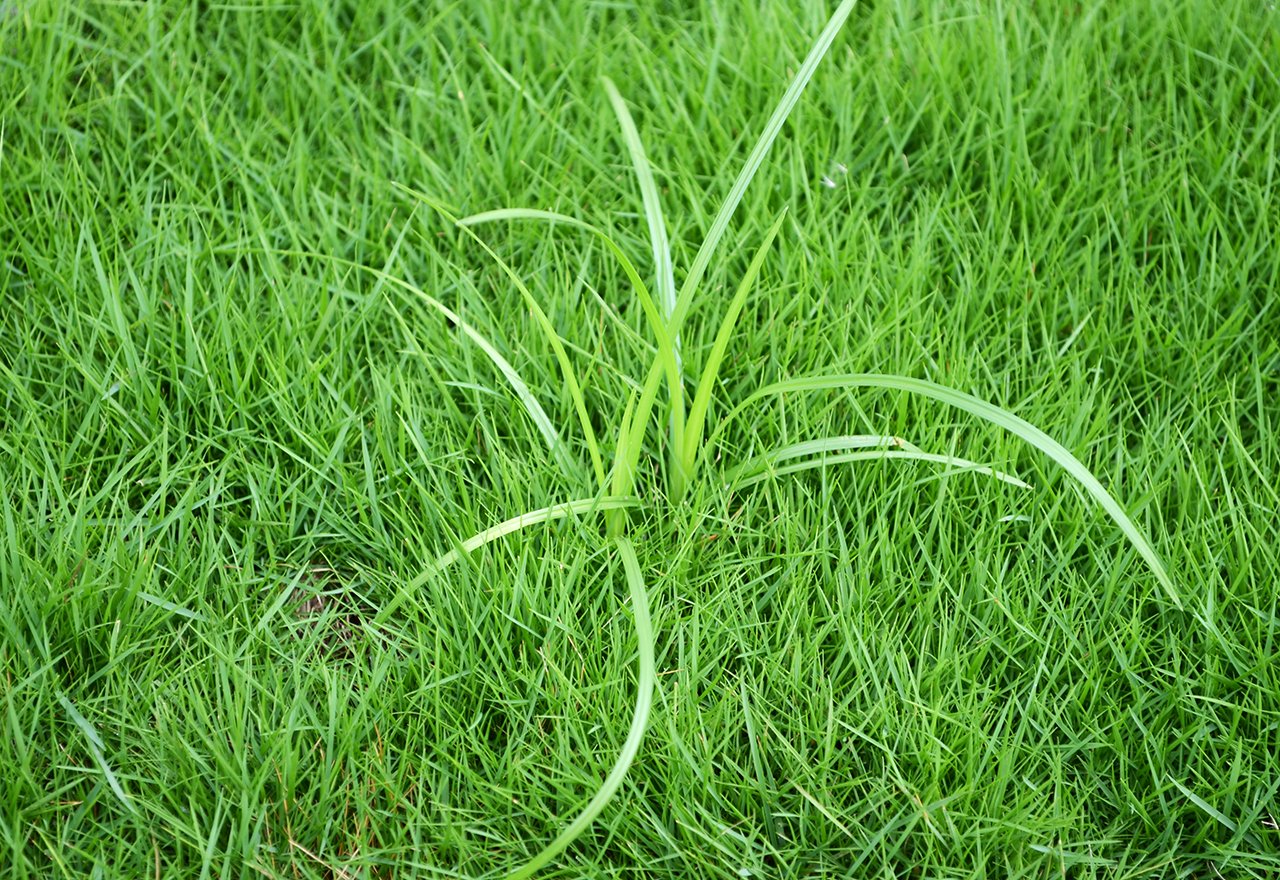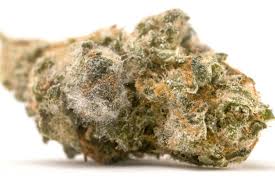Nutsedge Weed, Nutsedge weed, also known as nutgrass, is a persistent and troublesome invader found in lawns, gardens, and agricultural fields. Its aggressive growth and resilience make it a challenge for gardeners and farmers alike. In this article, we’ll dive into what nutsedge weed is, why it’s problematic, and effective strategies for controlling and preventing its spread.
What is Nutsedge Weed?
Nutsedge weed belongs to the Cyperus genus and is often mistaken for grass due to its slender, upright leaves. However, it is not a true grass but a sedge, distinguishable by its triangular stem and waxy leaves. There are two common types of nutsedge:
- Yellow nutsedge (Cyperus esculentus): This species has light green leaves and produces yellowish-brown seed heads.
- Purple nutsedge (Cyperus rotundus): Known for darker leaves and reddish-purple seed heads, this variety tends to be more aggressive.
Both types grow in warm, wet conditions and are notorious for spreading quickly via underground tubers, rhizomes, and seeds.
Why is Nutsedge Weed a Problem?
Nutsedge weed competes aggressively with other plants for nutrients, water, and sunlight. Its rapid spread can overtake lawns, garden beds, and crop fields, diminishing the health of desired plants. Here are some of the key reasons nutsedge is considered a serious problem:
- Difficult to Control: Traditional lawn herbicides are often ineffective because nutsedge is not a true grass.
- Spreads Underground: The weed grows from underground tubers (nutlets), which makes it difficult to eradicate entirely with surface treatments.
- Resilient Growth: It thrives in wet areas and poorly drained soils but can also adapt to drier conditions.
- Reduced Crop Yields: In agricultural settings, it competes with crops for resources, leading to decreased productivity.
How to Identify Nutsedge Weed
Correctly identifying nutsedge weed is crucial for effective control. Here are some distinguishing features:
- Stem Shape: Nutsedge has a triangular cross-section, unlike grasses with round or flat stems.
- Leaf Texture: Its leaves are waxy, shiny, and often grow in sets of three at the base of the plant.
- Height: It grows faster than typical grass, standing out with a taller and upright appearance.
- Seed Heads: Yellow nutsedge produces light brown spikelets, while purple nutsedge has darker, reddish-purple clusters.
Effective Control Methods for Nutsedge Weed
1. Manual Removal
If the infestation is small, manually pulling nutsedge can be effective. Be sure to pull up the entire plant, including the underground tubers, as leaving any part of the root system can result in regrowth. It is easier to pull nutsedge from moist soil.
2. Chemical Herbicides
Selective herbicides specifically formulated for nutsedge control, such as products containing halosulfuron or sulfentrazone, are more effective than general weed killers. Apply the herbicide when the weeds are actively growing, usually in summer. Follow label instructions closely to avoid damage to other plants.
3. Improve Drainage
Since nutsedge thrives in wet conditions, improving soil drainage can help prevent its growth. Aerating the soil and using organic matter to improve texture can also reduce the chances of infestation.
4. Mulching Garden Beds
Applying a thick layer of mulch can help suppress nutsedge growth by blocking sunlight. However, nutsedge may still emerge through gaps in mulch, so this method works best when combined with other control strategies.
5. Cultural Practices
Maintaining healthy, dense turf is a natural defense against nutsedge. Regular mowing, proper fertilization, and overseeding can promote thick grass, which outcompetes nutsedge for space and resources.
Prevention Tips to Keep Nutsedge Weed at Bay
- Monitor Soil Moisture: Avoid overwatering your lawn or garden. Repair any drainage issues to keep soil conditions balanced.
- Use Pre-Emergent Herbicides: In areas prone to nutsedge outbreaks, pre-emergent herbicides can prevent the tubers from sprouting.
- Regular Lawn Maintenance: Mow your lawn at the recommended height to keep the grass healthy and dense.
- Inspect New Plants and Soil: Before planting, check for nutsedge tubers in soil or around roots. This is especially important when introducing new plants to your garden.
Conclusion
Nutsedge weed can be a formidable foe, but with the right identification and control strategies, it’s possible to manage and prevent its spread. Whether through manual removal, herbicide treatments, or cultural practices, persistence is key. A proactive approach, combined with maintaining healthy soil and turf, will help keep nutsedge weed from taking over your lawn or garden.
With patience and consistency, even the most stubborn nutsedge infestation can be brought under control, restoring your landscape to its lush, healthy state.
You Might Also Like These:



